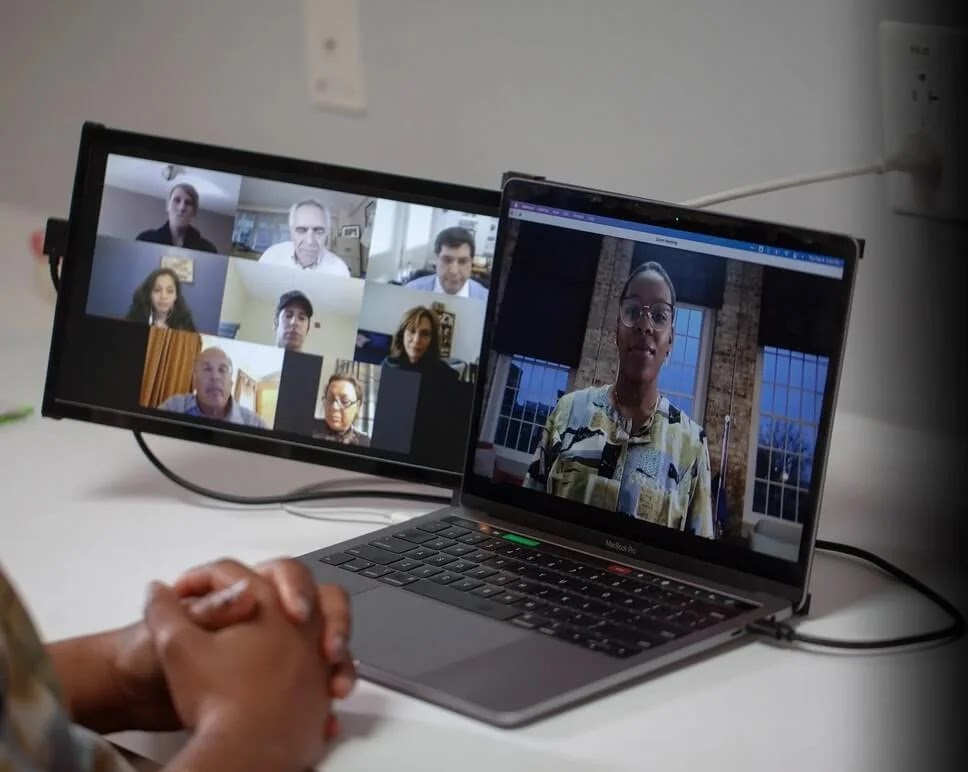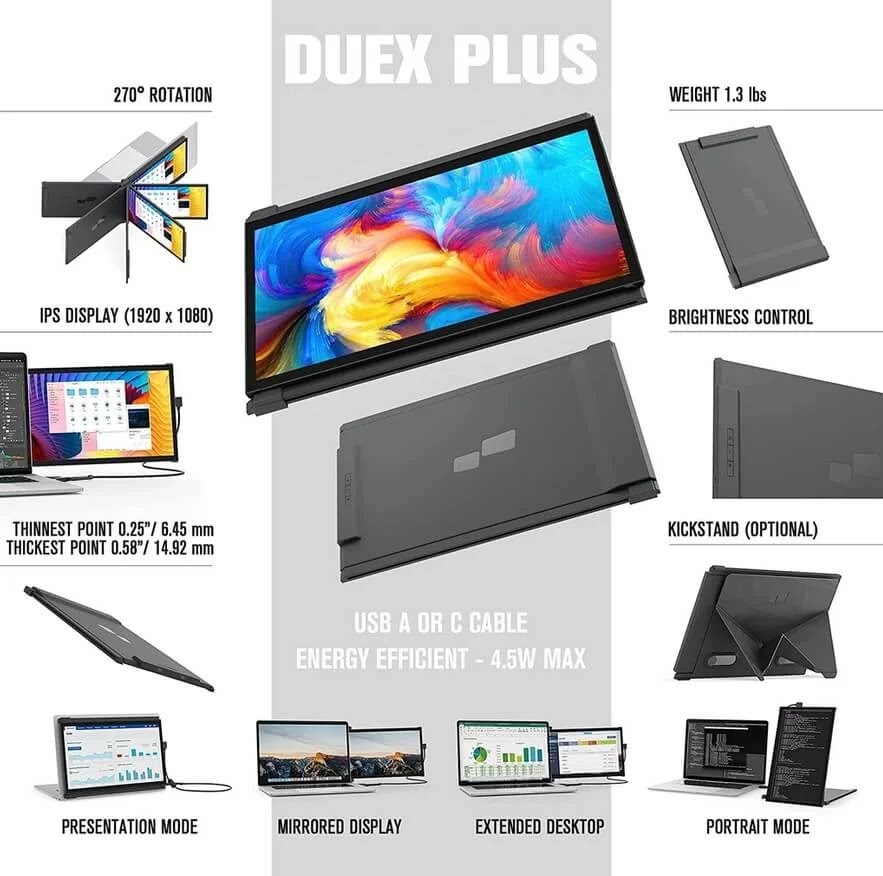 |
| 5 Tips for Making the Transition to Remote Work a Success |
Companies, employers, and employees worldwide have concluded that a fundamental shift in the way people work is required. Many companies have discovered that since implementing remote working, turnover has decreased, organizational costs have decreased, productivity levels have increased, and employees have attained a better work-life balance. Clearly, there are long-term advantages to adopting a work-from-home framework, particularly in terms of overall satisfaction, performance, and well-being.
Here are some helpful hints for working from home successfully, efficiently, and productively.
#1 Make a list of your daily objectives.
It's simple to lose focus and start procrastinating if you're not supervised. Writing out your daily objectives is an excellent approach to staying focused and organized. Start your day the same way you would if you were commuting to work by eating breakfast and then getting ready. When you first sit down to work, try to avoid any distractions or interruptions and give your full concentration to the duties at hand. Your goals must be reasonable and attainable so that you can get everything done daily without becoming exhausted or stressed. To avoid burnout and develop appropriate work-life boundaries, make sure you know when to take breaks and step away from your desk at the end of the workday.
#2 Always Create A Separate Workspace
 |
| Always Create A Separate Workspace |
The significance of establishing a separate office space cannot be overstated. Setting up a distinct workstation, whether it's an entire room or a spot in your bedroom or living room, has a slew of benefits. To begin with, you'll be able to put everything you need for a typical working day in one location, including electronic devices, documents, and stationery. Furthermore, you will be able to concentrate on your duties without being distracted or interrupted. It might be challenging to separate your job activities from your daily routine when you work from home, but having a dedicated office area should allow you to keep an outstanding work-life balance without blurring or losing any boundaries.
#3 Purchase high-quality office furniture.
The usual workday lasts about eight hours, implying that we are seated for at least forty hours every week. It's critical to have furniture that can support your body and preserve your posture when you're sitting in one place for such a long time. Finally, good office furniture can mean the difference between a healthy, happy, and productive work-from-home experience and a range of severe health conditions like eye strain, shoulder and back troubles, repetitive strain injuries, and weariness. Long-term, modern ergonomic furniture, such as desks and chairs, is advised, as it has been created and constructed specifically to reduce human error, increase productivity, and improve safety and comfort.
#4 Upgrade Your Technology
The foundation of remote working is technology. Working from home would be difficult in a world without electronic gadgets and instant communication networks, which is why having the right technology to help you is essential. Outdated and malfunctioning technology can make it difficult to work successfully, disrupt communication with coworkers, and detract from your entire work-from-home experience. You'll discover that your day goes by much more smoothly and effortlessly with new technology because no one should have to deal with computer issues while attempting to work. Headphones, microphones, cameras, PCs, laptops, and monitors are among the most crucial pieces of technology to have on hand.
#5 Take into account multiple monitors
 |
| Mobile Pixels Duex Plus |
Returning to the question of monitors, several monitors are absolutely worth considering. Many of us who work from home find that one screen is insufficient to work comfortably. We usually need one monitor for video calls, online meetings, or general discussions with our coworkers, while another monitor is required to actually conduct our work. One alternative is to buy a second monitor, laptop, or even a tablet, but then we'll have to deal with them cluttering up our workplaces. A portable display, such as Mobile Pixels' Duex Plus, is an intriguing alternative. This monitor is great for professionals who wish to successfully manage their tasks, multitask with ease, and keep their workplaces as organized as possible. It may be connected to your PC, laptop, or electronic device.
Getting Started With Work-From-Home
Companies, employers, and employees are all starting to recognize that remote working may become the norm in the near future. It has been a productive, meaningful, and joyful experience for many of us. The Covid-19 pandemic has demonstrated that it can be sustained over time, and many influential firms and industry experts believe that work-from-home agreements have become a viable employment paradigm.
It isn't an exaggeration to state that remote working has evolved into much more than a social distancing strategy in the face of the Covid-19 pandemic. It's become ingrained in the way many of us work now and expect to work in the future. As a result, it makes sense to critically consider your work-from-home arrangements in terms of their long-term viability and practicality in anticipation of the upcoming seismic shifts in the way we operate.
